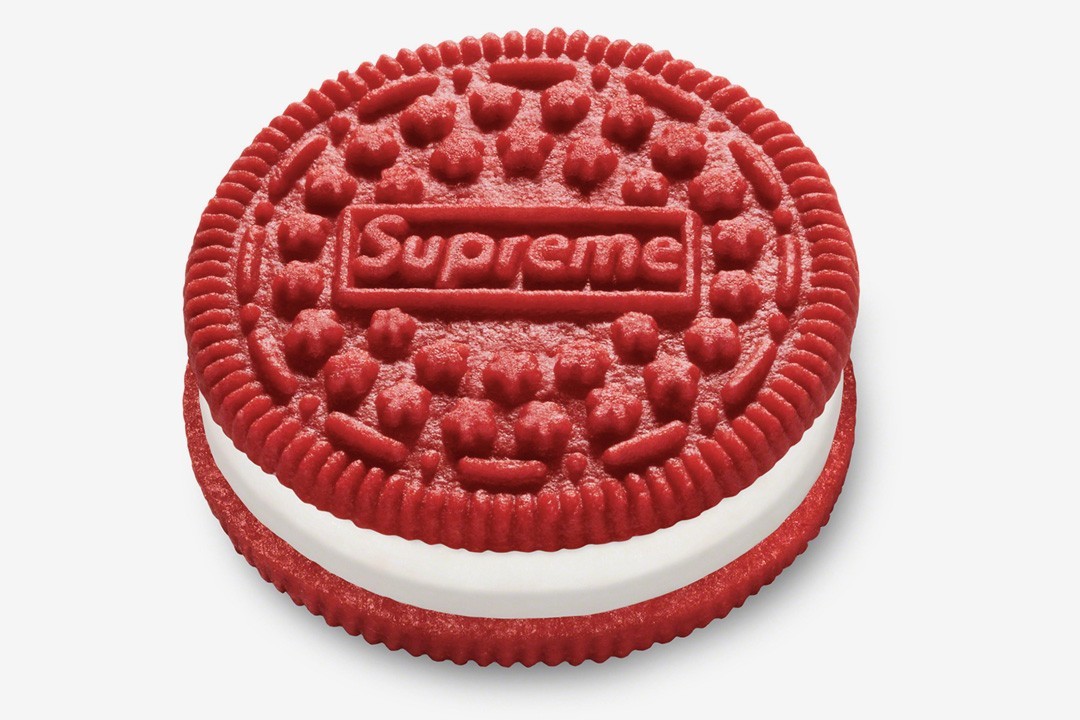International Woman’s Day (IWD) as a concept was pioneered by Socialists in the early 1900s to honor women workers, March 8, was adopted as Women’s Day in the late 1960s by the feminist movement. How thrilled these pioneering women would be to know that brands across the world use this holiday as an excuse to sell them stuff, not to honor them. Come March, and we get inundated with discounts, price-offs & Buy 1- get 1 offer on everything from vacations to drinks. These tone-deaf ‘ women-centric’ messages from advertisers asking for our attention and money while being blissfully ignorant of how women are reacting to these messages.
There’s no harm in marketers attempting to co-opt important days as long as it’s done right, and surmounts some challenges.
Challenge 1: Inauthentic behavior
Brands who aren’t particularly women-friendly shouldn’t try too hard in March. They will get called out for their double standards. For Eg: in 2019, KPMG put out an ad for the USPGA tournament showing a female Golfer, smashing a glass ceiling. While being subject to a $ 400 Million class action suit for gender discrimination ( specifically discriminating against women employees who take maternity leave). Thanks to the backlash you won’t find the ad online, only articles talking about it.
Challenge 2: Tokenism
For one women’s day event at a former employer’s, I was seated in a room full of women, served samosas and tea, and given a rose as a gift. What I wanted was a machine gun and a conversation with whichever guy who thought an ” office kitty party ” would be a great way to celebrate IWD. Joke’s apart If your brand’s Women’s day idea is as basic as ” kitty Party type” don’t even bother. It’s far better to stay away from the hoopla than to participate with half baked stuff.
Challenge 3: Plain old Sexism
A lot of brands, even in 2020, believe that the twin mantras for women’s products are
- Make the product pink.
- Make it more expensive than the men’s version.
A classical example would be the much-derided Gillette venus range that sells women’s razors (the same as the men’s one, but pink) at a much higher premium. Chocolate brand Kinder-joy has pink and blue versions for boys and girls. Boys get toy cars, girls get tiny dolls with chocolate. Imagine, 5-year-olds being told that they need to conform to gender norms. In India, of course, we have legendary fairness cream’s who show young girls that the way to career success is to have a different skin tone.
The problems of the deep patriarchal mindset won’t be changed by brands. But they can do better than perpetuating these vile ideas. If brands decide to make women’s day campaigns they need to take the higher ground.
Actionable Steps
Step 1: Be a Partner
All brands seek to fulfill aspirations or solve problems. Take this thought a step further and get genuinely connected with your female customers. The first step of this partnership could be genuinely listening to their concerns, not just making it pink. Social media tools offer a great way to hear, analyze and take action on customer concerns. These concerns will drive innovation and build a genuine connection.
Step 2: Do something of real value.
Well designed messages with Inspirational quotes may go viral, but will not add much to the bottom line. Brands that genuinely mean to contribute to the women’s cause ( viz every brand that has women consumers) can’t get away with just a promotion. For Eg: Offering 25 % on Lipsticks is fine if you’re a cosmetic company, But won’t position you well with woke Millenials. If that’s all that is planned, please hop off the bandwagon now. Not doing a women’s day promotion may not look good, but doing it wrong will be worse. If there’s a true need to connect with women’s causes, a well designed empowering initiative is all it needs. This needs to be backed up, both with a commitment to causes and on point corporate behavior. in other words, if you have sexual harassers in your ranks, no amount of inspirational quotes or discounts can fix that.
Step 3: Make it an ongoing engagement.
Any brand focussed on ROI ( i.e All brands) will know that genuine customer engagement doesn’t come with a single ad or social media post. And yet most brands use IWD as a tool to sell, sell, sell. Higher sales are a happy result of the engagement, they won’t happen just because of a well-designed ad or witty social media post.
In conclusion, given the shift in consumer behavior, and the social changes driven by young people, Brands will need to recalibrate their approach to social issues. A proactive approach based on genuine customer feedback will work better. Hopefully, IWD 2020 will find many more companies trying to make a difference, not a bunch of creatives. Have a great IWD 2020.


